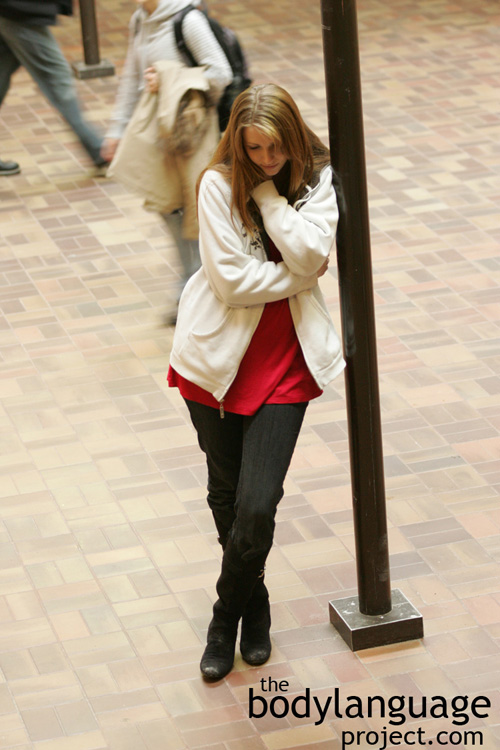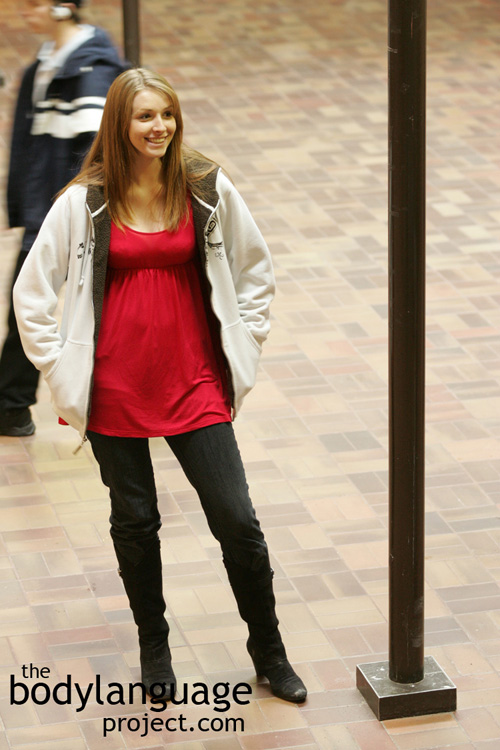This is why city streets are flooded with strangers behaving like zombies with expressionless faces as they hurry about. City folk seem inhuman and unemotional, detached, despondent and more than anything else, from an outsider’s perspective, they appear unhappy. Contrast this with a small city where eye contact is met with smiles, nods or waves and where doors are held open for others with words such as “thank you” provided in exchange.
So why do busily moving city slickers seem as though they are moving about a forest of trees, instead of a sea of actual living human beings with emotions and feelings? Why do city slickers dehumanize themselves? The answer lies in phenomenon termed “masking.” Masking is a coping strategy used to detach ourselves from our bodies so as to avoid negative feelings as we intrude on the personal space of others and as our personal space is intruded upon. Sometimes we even mask with outwardly aggressive emotions typified by New York streets. Cussing, yelling and other carrying on is a way to mask sensitivity and to hide caring. This is not to say that one becomes less human in New York, it just means that you can’t appear to be a wimp.
Masking helps people protect themselves from their emotions and is so potent that it is difficult sometimes to snap people from this hypnosis. Sometimes even making eye contact with others can be seen as offensive and returned only with an expressionless face, a glare, or even a snarl as if implying that the issue is that of another and not theirs.
Just like country folk expect and appreciate amicable greetings, smiles, waves and nods, city slickers expect and appreciate emotionless faces, few or no greetings and for people to mind their own business. Don’t confuse either situation for anything other than a coping mechanism. Taken in similar context, you might just see how similar each breed of people really is.
Here is a breakdown of ways we act in crowded places like subways and elevators:
[A] We stand or sit still, unmoving. The more crowded the area, the more frozen we remain.
[B] The face becomes blank and expressionless, but it is not due to negative thoughts but rather as a coping mechanism.
[C] Eye contact is avoided by looking at the floor or ceiling.
[D] Books, newspapers and other devices appear particularly interesting and immersive, serving to detach the self emotionally from the situation.
[E] Under extremely crowded conditions where touching is unavoidable, bodies appear to jostle to make space and if possible only allow shoulders and elbows to touch.


